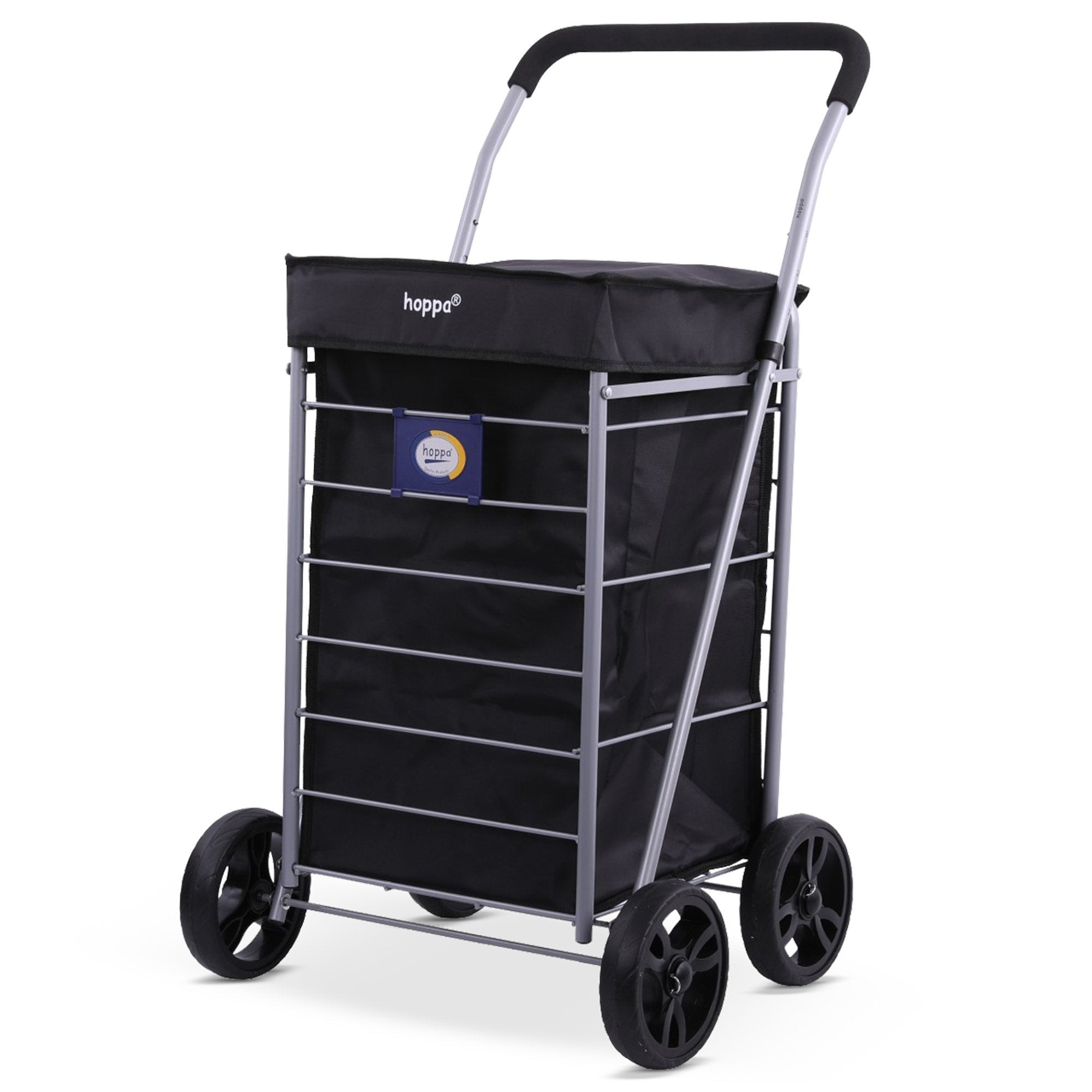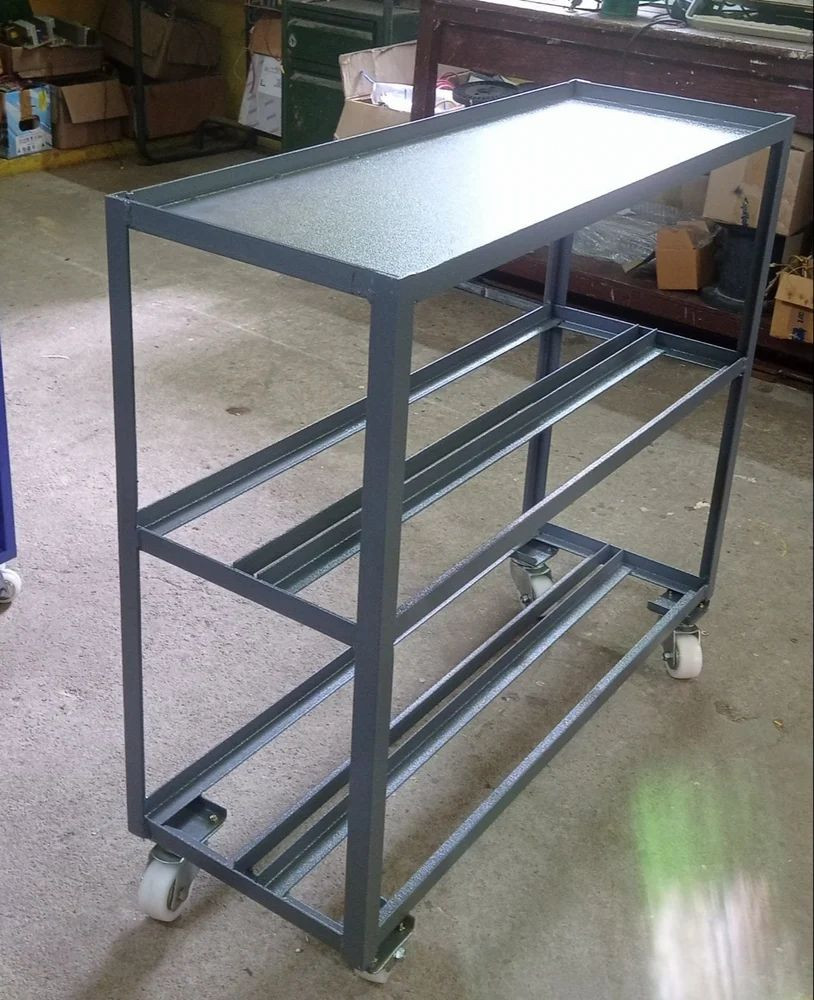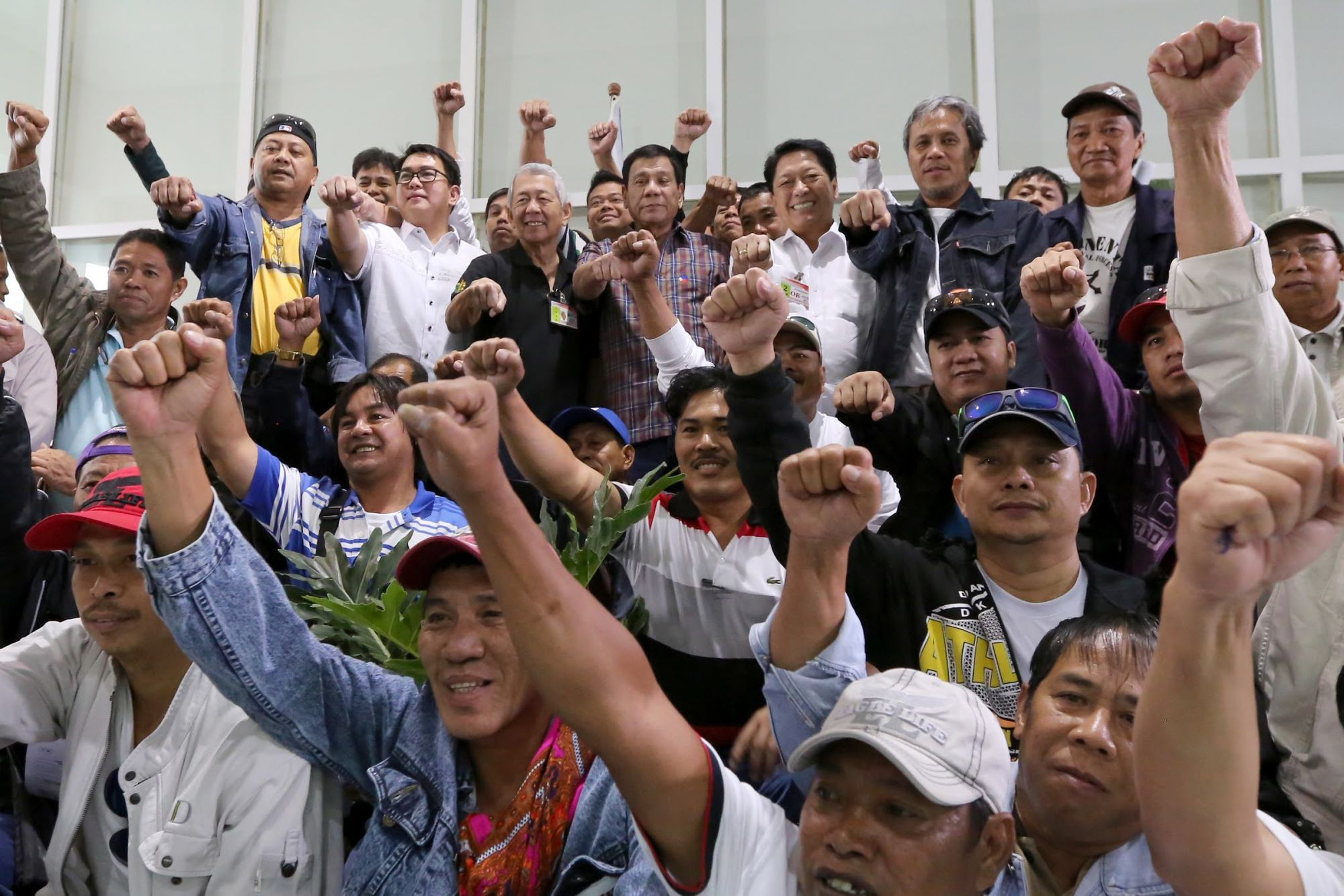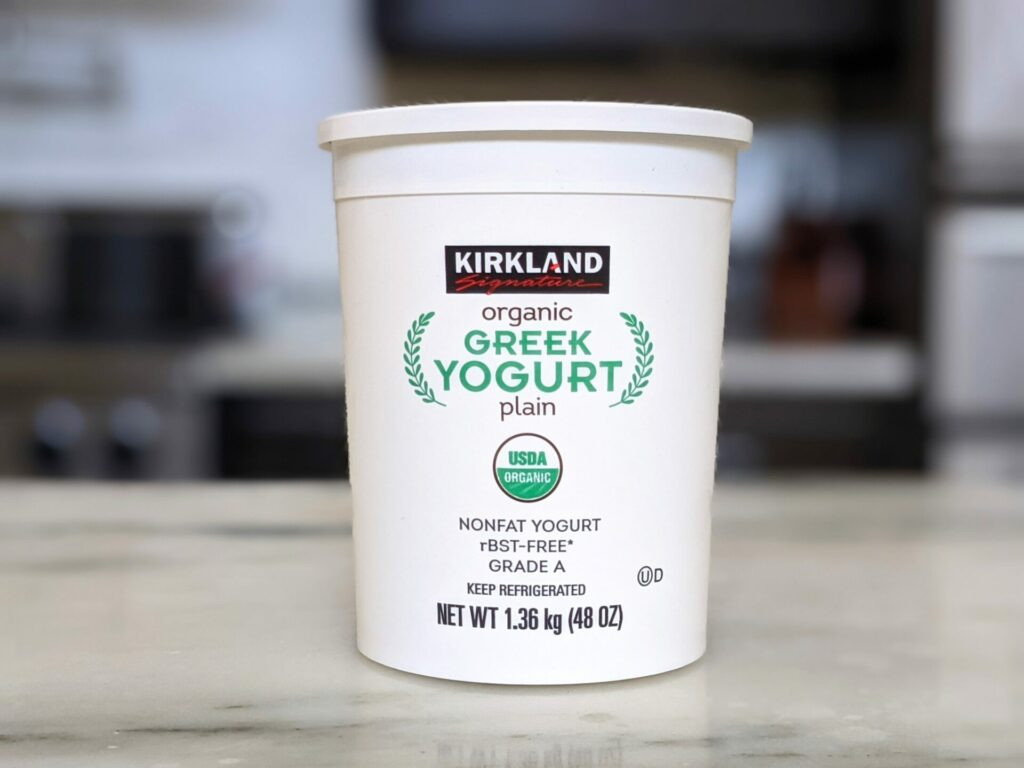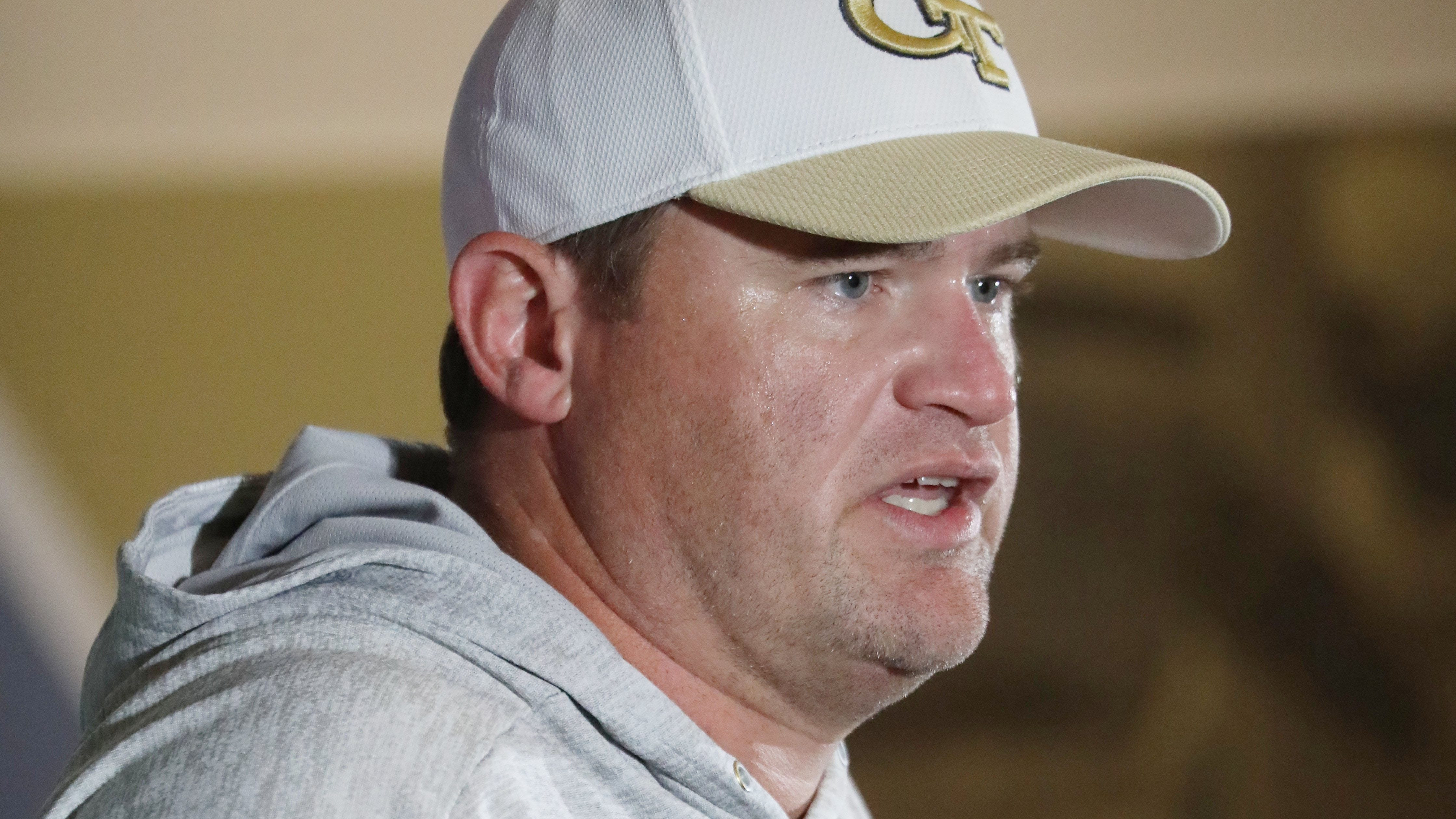A Packed Baltimore Trolley: A Glimpse into the Ups & Downs of US Public Transit
Since the 1940s, the United States has witnessed a significant shift away from public transportation, leading to service decline in numerous cities, including New York, Boston, Denver, Orlando, and St. Louis. To comprehend the obstacles facing contemporary transit organizations, a look back at the nation's last public transit surge is crucial.
A Look Back at the Last National Mass Transit Boom
In the 19th century, transit companies collaborated closely with real estate developers to establish "streetcar suburbs" for a burgeoning population. These companies maintained low fares due to corporate consolidation, government regulations, and thrifty management.
The Impact of World War II
During World War II, manufacturing weapons and supplies for troops overseas became the nation's primary focus. Gasoline, tires, and automobiles were tightly rationed, leaving public transit as the primary means of commuting for most citizens.
In Baltimore, for instance, in 1943, commuters could ride a streetcar anywhere in the city for just 10 cents. With wartime production in full swing, the city's Baltimore Transit Company crammed passengers into every streetcar and bus it could find. Baltimore, along with other racially divided northern and border cities, saw public transit as a pivotal force for social mobility. Tens of thousands of Black workers, part of the Great Migration from the South to the North, benefited from access to well-developed citywide streetcar, bus, and electric trolleybus networks.
The Post-War Shift and the Decline of Public Transit
After the war, consumer preferences and public policy shifted dramatically. Many white commuters, taking advantage of the GI Bill, federally subsidized mortgages, an expanding highway network, and inexpensive automobiles, abandoned mass transit and the neighborhoods it served.
Conversely, Black Americans were largely excluded from these benefits, leaving many trapped in decaying urban cores. By the 1960s, most white riders resided on the urban periphery and were politically opposed to transit expansion and public ownership of transit networks. As a result, politicians prioritized improving streets and highways, including the removal of streetcar tracks and trams to expedite automobile traffic.
Maryland, for example, didn't take over the financially struggling, privately owned Baltimore Transit Company until 1970, neglecting the transportation needs of an increasingly impoverished and Black population. By 1968, a bus ride cost 30 cents for significantly reduced service quality. Streetcars had vanished, buses were old or rapidly aging, and their infrequent routes offered few connections to suburban jobs.
Even after Maryland assumed control of the transit system, the state failed to provide sufficient funds to compensate for decades of underinvestment. In 2020, a study found that metropolitan Baltimore commuters had to spend an hour or more on a bus or train to reach 91.5% of regional jobs.
The Impact on Other Cities
This cycle of decline also played out in other cities like Chicago and Atlanta, further diminishing ridership. By 2019, only 5% of U.S. commuters typically relied on public transit. The COVID-19 pandemic reduced this share to 3.1% in 2022.
The Future of Public Transit: A Hopeful Note
Transit agencies in some cities, including Washington and Los Angeles, are working to reverse this trend. These efforts are supported by substantial regional subsidies, the challenges of traffic congestion, and the development of apartment complexes near transit stops. As the detrimental effects of car dependence on public health and the environment become more apparent, affordable and reliable public transit remains a viable option to entice riders back onto buses and trains.
The Road Ahead: A Call for Investment and Equity
The challenges facing US public transit are complex, requiring a holistic approach that addresses historical inequities, promotes investment in infrastructure and technology, and prioritizes accessibility and affordability. The packed Baltimore trolley serves as a powerful reminder of the potential of public transportation and the importance of supporting its continued development.




